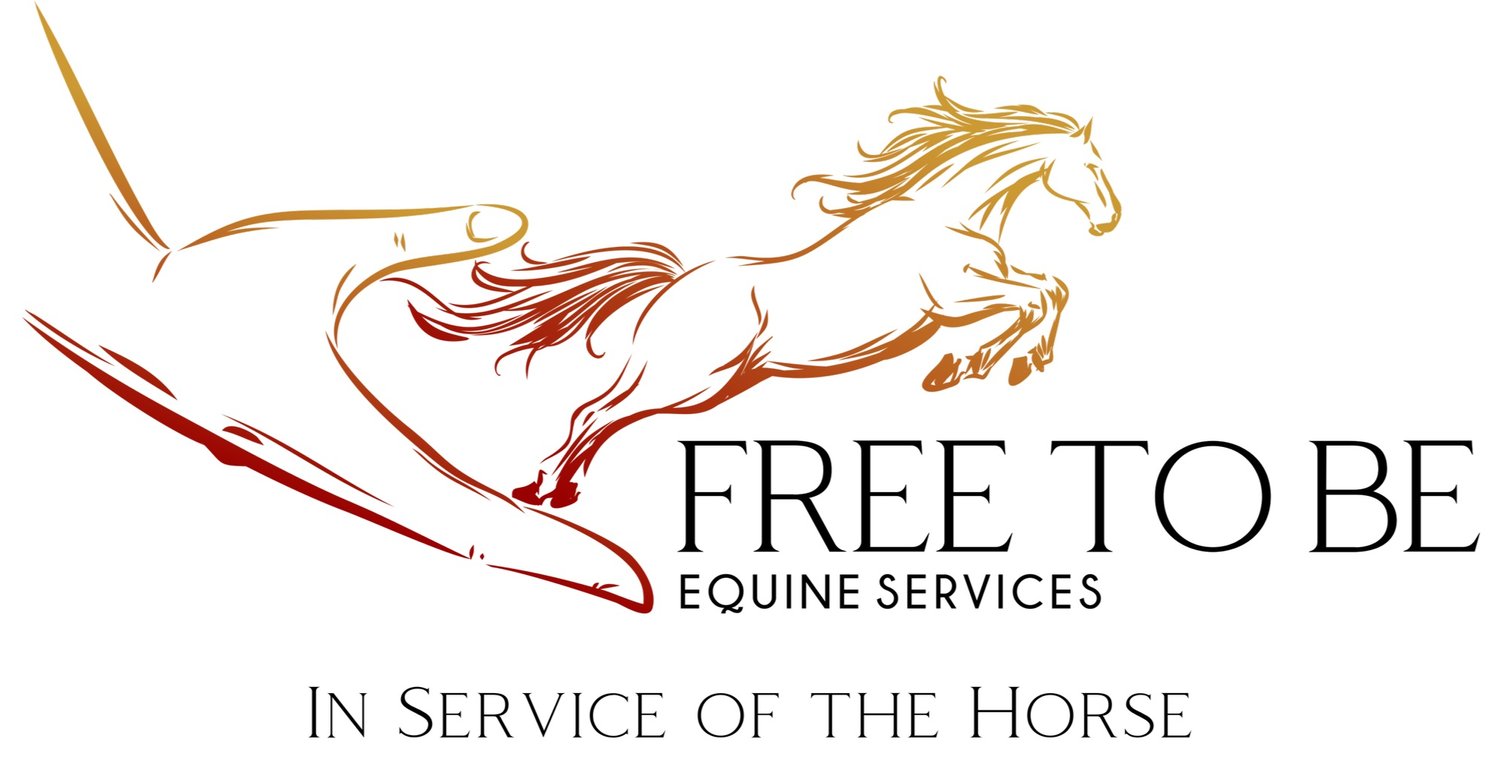The bones of the equine cranium - of which there are 34! - articulate with each other through their suture joints. They house and protect the brain, contain a vast system of nerves and blood vessels, and support the movement of blood, lymph, and cerebrospinal fluid. Beyond the connection of the spine and spinal cord to the skull and the brain, there are soft tissue and nervous system connections to structures within the cranium that extend all the way into the horse's pelvis. Most of the sensory organs - ears, eyes, nose, and mouth/tongue - are also contained in and around the skull. It's easy to see why the health and function of the cranium is vital to the well being of the entire horse!
What we consider to be the "poll" of the horse is the top of the cranium - called the occiput - and the first cervical vertebrae, called the atlas or C1. The junction between the two is the atlanto-occipital joint and acts as a pivot for the flexion/extension motion of the head. The spinal cord exits the cranium through a foramen in the occipital bone. It's crucial to keep this area free of tension and restriction, and make sure that our tack is well fitting and not exerting excessive pressure on the poll.
Most horses have experienced some kind of trauma to their cranium, whether that be from a fall, running into a fence, hitting their head on a roof or beam, pulling back while tied, dental procedures, constrictive or ill-fitting tack and equipment, heavy-handed riding, etc. Trauma to the cranium can result in a number of physical and behavioural issues for the horse, due to the structures contained within it and their connections throughout the body. Some of these problems are subtle, some are obvious. Many horses who have discomfort in their cranium are sensitive and protective of their heads. There is even evidence pointing to the possibility of horses suffering from headaches.
If you know your horse has suffered an acute head trauma, have your veterinarian perform an exam, specifically to rule out any major neurological injury. A dental exam by a veterinarian well versed in equine dentistry and dental balance is also paramount to a healthy cranium.
Beyond that, an Equine Therapist - especially one with training and understanding of craniosacral therapy - can bring relief and restore proper function to a cranium and the connecting structures.
Further reading -
https://www.horsejournals.com/horse-care/alternative-therapies/demystifying-cranial-bones
https://holistichorse.com/equine-therapy/finding-balance-with-craniosacral-therapy/
Kaiti Elliott
Certified Equine Performance Therapist
Fraser Valley, BC

